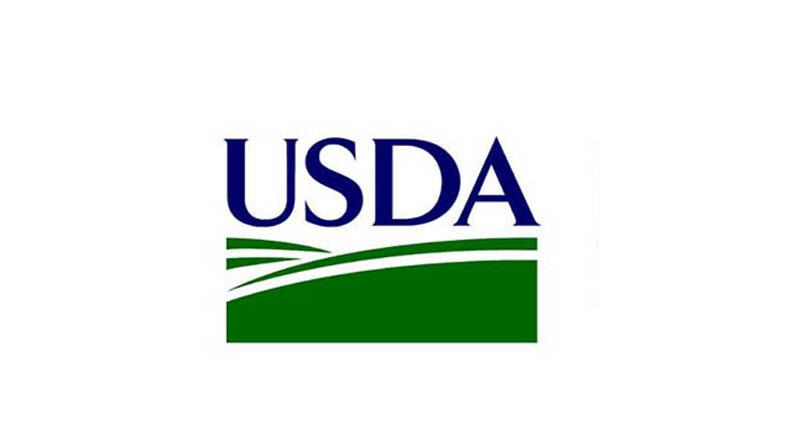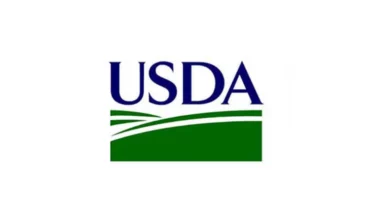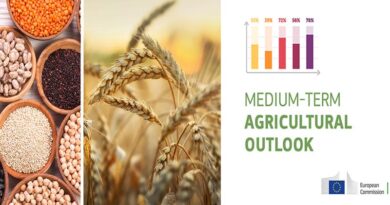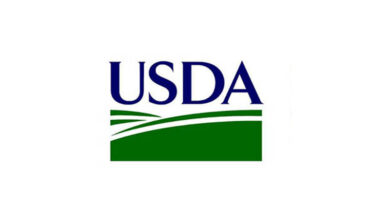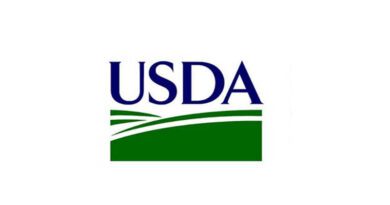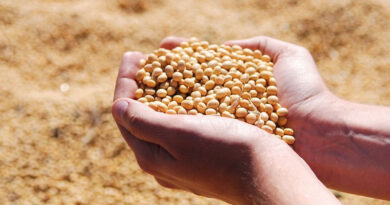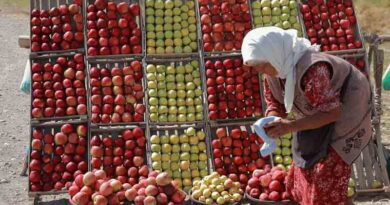USDA Announces Early Release of Select Commodity Tables for Agricultural Projections to 2031
27 October 2021, Washington: On November 5, 2021 at 3 p.m. EDT, the U.S. Department of Agriculture (USDA) will release selected tables prepared for the upcoming USDA Agricultural Projections to 2031 report. USDA will release tables containing long-term supply, use, and price projections to 2031 for major U.S. crops and livestock products, as well as supporting U.S. and international macroeconomic assumptions. The tables use the short-term forecasts from the October 12, 2021 World Agricultural Supply and Demand Estimates report as the starting point.
The tables will be posted in MS Excel simultaneously to the Office of the Chief Economist’s (OCE) website at www.usda.gov/oce/commodity-markets/baseline and to the Economic Research Service’s (ERS) website at www.ers.usda.gov/topics/farm-economy/agricultural-baseline.
The complete USDA Agricultural Projections to 2031 report will be released in February 2022 and will include a full discussion of the commodity supply and use projections, and projections for farm income and global commodity trade.
USDA’s long-term agricultural projections represent a departmental consensus on a ten-year representative scenario for the agricultural sector. They are a composite of model results and judgment-based analyses, prepared from August 2021 through February 2022. The projections do not represent USDA forecasts, but reflect a conditional long-run scenario that is based on specific assumptions about macroeconomic conditions, policy, weather, and international developments, with no domestic or external shocks to global agricultural markets. The Agricultural Act of 2018 is assumed to remain in effect through the projection period.
USDA touches the lives of all Americans each day in so many positive ways. In the Biden-Harris Administration, USDA is transforming America’s food system with a greater focus on more resilient local and regional food production, fairer markets for all producers, ensuring access to safe, healthy, and nutritious food in all communities, building new markets and streams of income for farmers and producers using climate smart food and forestry practices, making historic investments in infrastructure and clean energy capabilities in rural America, and committing to equity across the Department by removing systemic barriers and building a workforce more representative of America.

